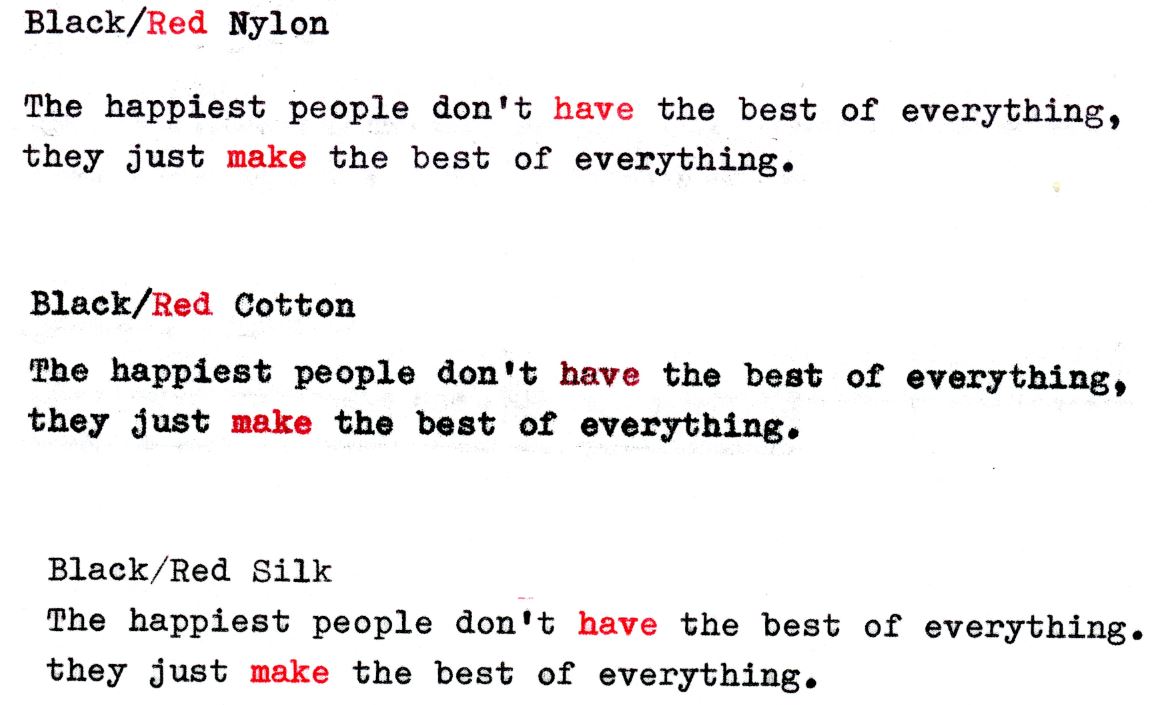The biggest misconception about information is that information is truth and information isn't truth. Most information is not truth. The truth is a very rare and costly and expensive type of information.
for - comparison - information and truth - truth is a very special type of information




